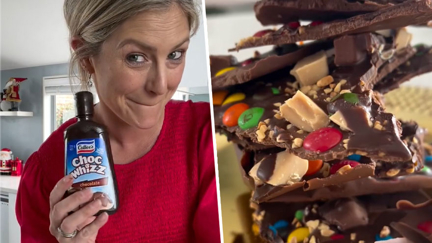When people used to mail their children through the U.S. Postal Service
- Publish date
- Thursday, 13 Jun 2024, 3:50PM
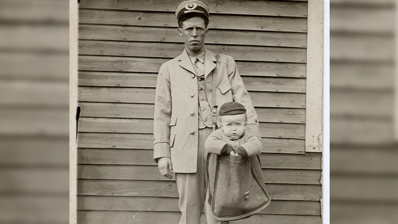
In January 1913, one Ohio couple took advantage of the U.S. Postal Service’s new parcel service to make a very special delivery... their 8-month-old son.
The Beagues paid 15 cents for James' stamps and an unknown amount to insure him for $50, then handed him over to the mailman, who dropped him off at his grandmother’s house about a mile away.
“The first few years of parcel post service—it was a bit of a mess,” says Nancy Pope, head curator of history at the National Postal Museum.
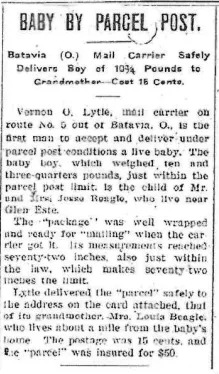
There was technically no regulation about whether you were able to mail a child or not until June of that same year when the postal service officially decreed that children could no longer be sent through the mail.
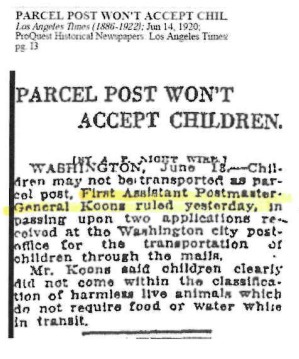
During the few months where you technically could mail your child, one of the most famous cases was a four-year-old girl named Charlotte May Pierstorff who was "mailed" via train from her home in Idaho to her grandparents’ house about 73 miles away.
Her story has become so legendary that it was even made into a children’s book, Mailing May.
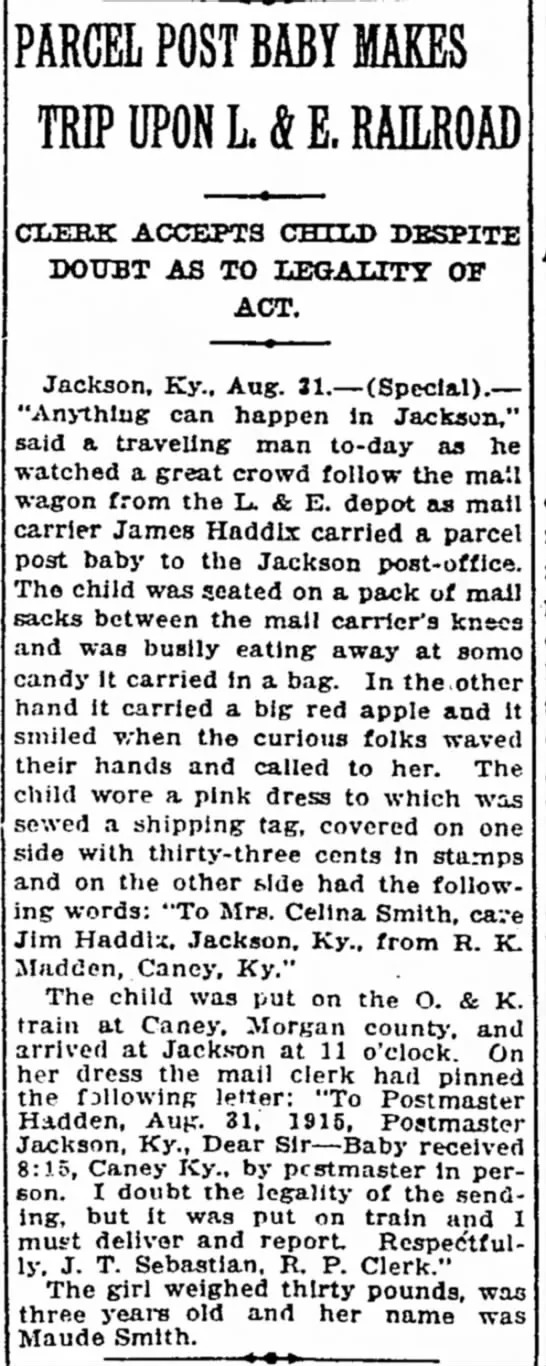
Take your Radio, Podcasts and Music with you



